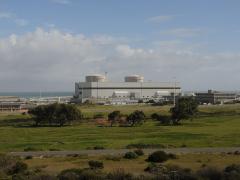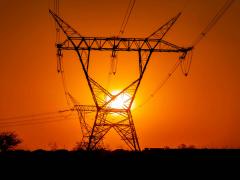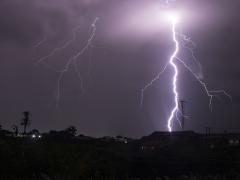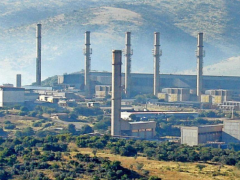Unplanned generation outages have remained above the Winter Outlook threshold of 13 000 MW, according to Eskom’s latest system update for the week of June 13-19. The utility reported an average of 15 076 MW in unplanned outages during the period. It planned to return 2 730 MW to service by the evening peak on Monday, June 23.
This marks the second consecutive week in which unplanned outages have surpassed the level Eskom identified as the base case for avoiding load shedding during winter. The Winter Outlook, published in May, indicated that, if unplanned outages remain below 13 000 MW, no load shedding is anticipated. If outages rise to 15 000 MW, Stage 2 load shedding could be implemented.
“The rise in unplanned outages is partly attributed to delays in returning units from planned maintenance amounting to approximately 1 300 MW,” Eskom said. This includes Medupi Unit 4 (800 MW), which has been offline since June 1 and Tutuka Unit 1 (585 MW).
The unplanned capacity loss factor for the financial year to date (April 1-June 19) stands at 29,23% – up from 27,51% over the same period last year. The average level of unplanned outages year-to-date is 13 966 MW.
Diesel costs increase as OCGT generation climbs
To support system stability during peak periods, Eskom has increased the use of its open-cycle gas turbine (OCGT) fleet. Diesel expenditure for the financial year to date amounts to R4,51 billion used to generate 768,64 GWh. This is more than double the 378,75 GWh recorded over the same period in 2024.
The year-to-date OCGT load factor is 11,73% compared to 5,78% a year ago. The week-on-week load factor declined from 14,79% to 9,12% with Eskom indicating that use is expected to reduce further as more units return from long-term repairs.
Kusile Unit 6 feeding into grid but not commercial
Eskom confirmed that Kusile Unit 6, with capacity of 720 MW, is contributing electricity to the grid but is not yet in commercial operation. As a result, it is not included in key performance metrics such as the energy availability factor (EAF).
The EAF for the week ranged between 60% and 63% with a month-to-date average of 60,48%. The year-to-date EAF stands at 58,25% – down from 61,08% for the same period last year.
Eskom attributed the EAF decline primarily to a 1,12 percentage point increase in planned maintenance, which has averaged 5 629 MW or 11,99% of total capacity for the financial year to date.













